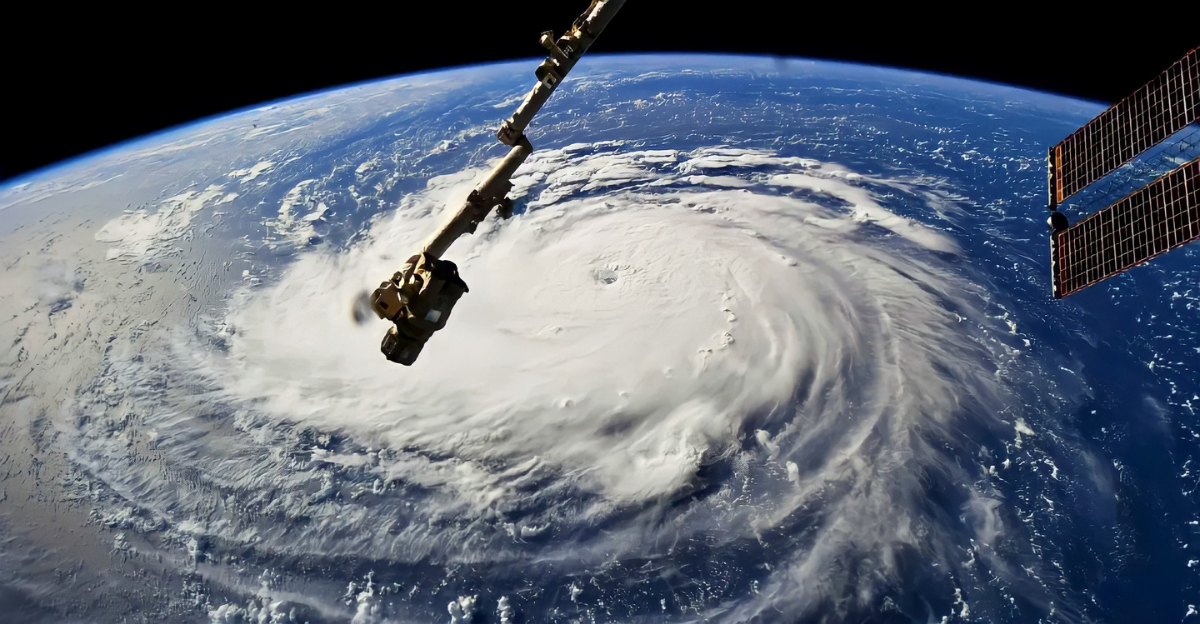
NASA has recently observed a substantial shift in atmospheric patterns, signaling potential changes in weather systems across the United States. This development could have far-reaching implications for climate and weather forecasting.
The agency’s satellites have detected alterations in the behavior of atmospheric rivers—long, narrow bands of moisture that transport water vapor across the globe. These changes are influencing precipitation patterns and could reshape regional climates.
Understanding these shifts is crucial, as they may affect everything from agriculture to infrastructure planning. Let’s delve into what NASA has discovered and what it means for the future.
Atmospheric Rivers: Nature’s Moisture Conveyors
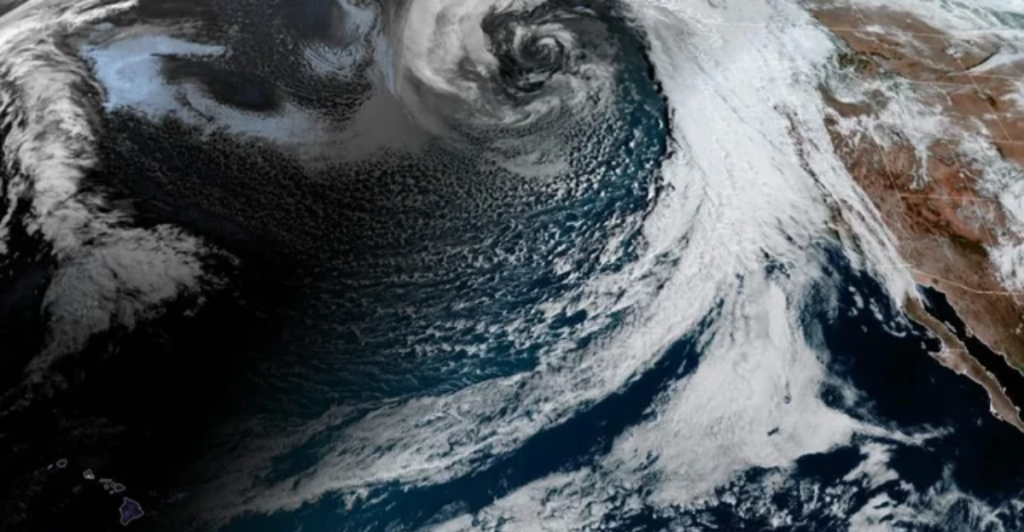
Atmospheric rivers are significant contributors to rainfall, especially along the U.S. West Coast. They can carry as much water vapor as the Amazon River discharges in liquid form.
These systems are responsible for delivering much-needed precipitation but can also cause severe flooding when they make landfall. Their behavior is influenced by various factors, including sea surface temperatures and atmospheric conditions.
Recent observations indicate that these rivers are shifting poleward, altering the regions they impact and the intensity of the weather events they produce.
The Poleward Drift: Changing Weather Patterns
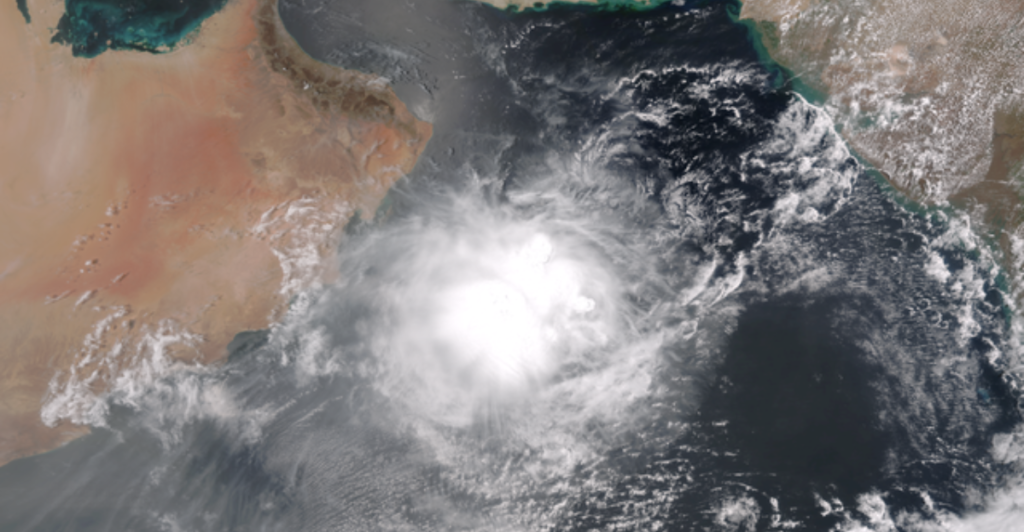
Studies have shown that atmospheric rivers have moved approximately 6 to 10 degrees toward the poles over the past four decades. This shift is changing the distribution of rainfall and storm activity.
Regions that once relied on these systems for water are experiencing droughts, while areas unaccustomed to such moisture are facing increased flooding risks. These changes are challenging existing water management and disaster preparedness strategies.
The poleward movement is attributed to global climate change, which is altering atmospheric circulation patterns and the behavior of weather systems.
Impacts on the United States: A Mixed Bag

In the U.S., the shift in atmospheric rivers is leading to varied effects. The Pacific Northwest is seeing more intense rainfall events, while California faces more prolonged dry spells.
These changes are affecting agriculture, water supply, and wildfire risks. Farmers must adapt to new precipitation patterns, and water resource managers are re-evaluating storage and distribution systems.
Urban areas are also grappling with increased flooding, necessitating updates to infrastructure and emergency response plans.
The Role of Climate Change: A Driving Force

The observed atmospheric shifts are closely linked to climate change. Rising global temperatures are altering the dynamics of the Earth’s atmosphere, affecting wind patterns and moisture distribution.
These changes are not isolated; they interact with other climate phenomena, such as El Niño and La Niña, further complicating weather predictions. The cumulative effect is a more volatile and unpredictable climate system.
Understanding the influence of climate change on atmospheric rivers is essential for developing accurate models and effective adaptation strategies.
NASA’s Monitoring Efforts: Eyes in the Sky
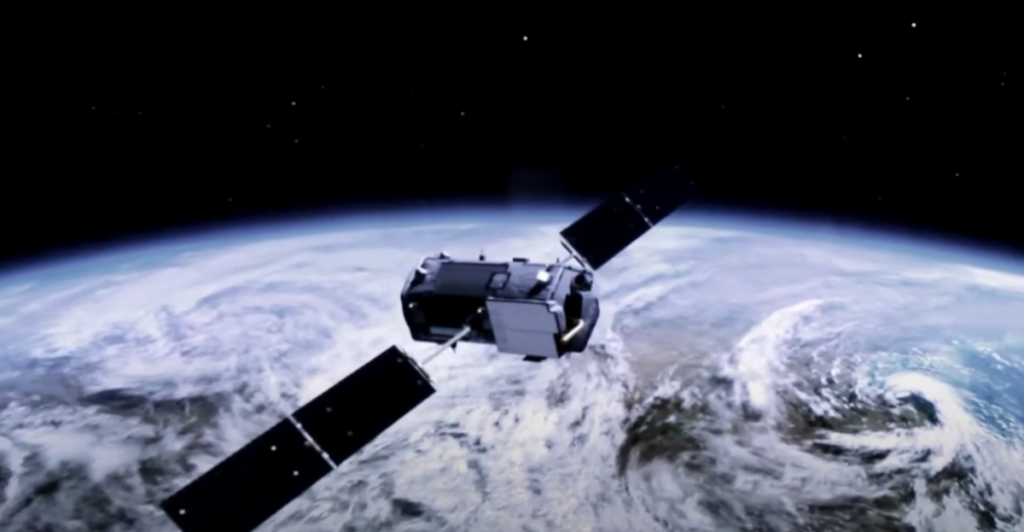
NASA utilizes a fleet of satellites equipped with advanced sensors to monitor atmospheric conditions. These instruments provide real-time data on moisture levels, wind patterns, and temperature distributions.
The agency’s observations are critical for tracking the movement and intensity of atmospheric rivers. This information supports weather forecasting and helps inform policy decisions related to climate resilience.
Continuous monitoring allows scientists to detect trends and anomalies, enabling proactive responses to emerging climate challenges.
Implications for Infrastructure and Planning
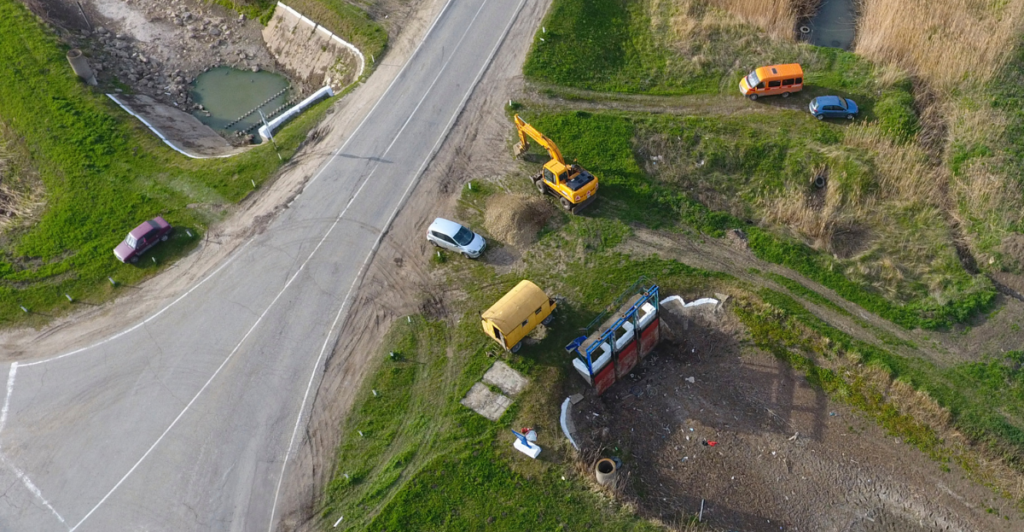
The shifting behavior of atmospheric rivers necessitates a re-evaluation of infrastructure design and urban planning. Flood defenses, drainage systems, and building codes may need to be updated to accommodate new weather patterns.
Transportation networks, energy grids, and water management systems must be resilient to both increased rainfall and prolonged droughts. Investment in adaptive infrastructure is crucial to mitigate the risks associated with these atmospheric changes.
Collaboration between scientists, engineers, and policymakers is essential to develop comprehensive strategies that address the evolving climate landscape.
Agricultural Considerations: Adapting to New Normals

Farmers are on the front lines of climate change, directly experiencing the effects of shifting weather patterns. Changes in precipitation and temperature affect crop yields, planting schedules, and pest dynamics.
Adapting to these changes may involve altering crop selections, investing in irrigation systems, and implementing soil conservation practices. Access to accurate weather forecasts and climate models is vital for informed decision-making.
Support from government programs and research institutions can aid the agricultural sector in building resilience against climate-induced challenges.
The Global Context: A Worldwide Phenomenon

While the focus here is on the United States, the shift in atmospheric rivers is a global issue. Countries around the world are experiencing similar changes, affecting ecosystems, economies, and societies.
International cooperation is necessary to share data, research findings, and best practices. Global climate agreements and collaborative initiatives can facilitate a unified response to these atmospheric changes.
Addressing the challenges posed by shifting atmospheric patterns requires a concerted effort that transcends national boundaries.
Navigating a Changing Atmosphere
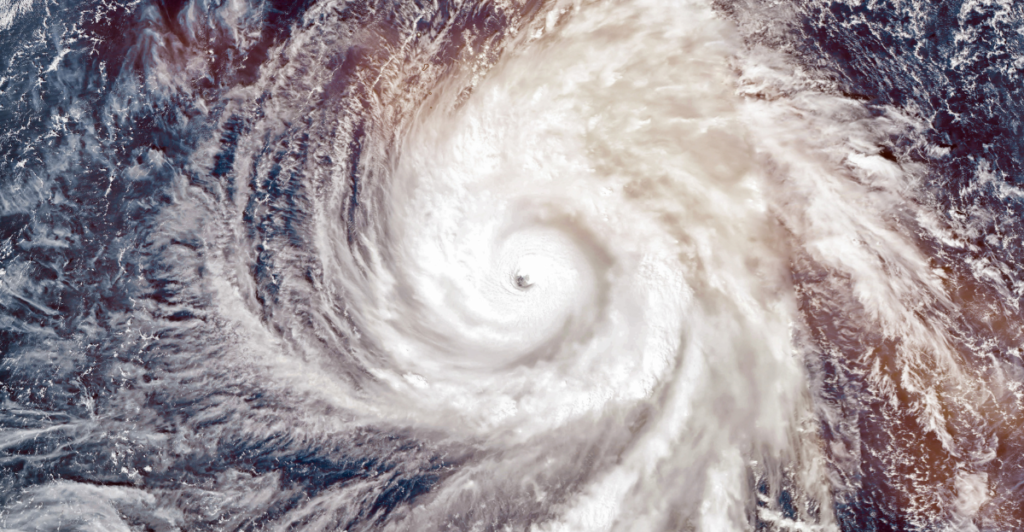
NASA’s detection of significant atmospheric shifts underscores the dynamic nature of Earth’s climate system. These changes present both challenges and opportunities for adaptation and innovation.
Proactive measures, informed by scientific research and technological advancements, are essential to mitigate risks and build resilience. By understanding and responding to these atmospheric changes, societies can better prepare for the future.
Continued investment in climate science and international collaboration will be key to navigating the complexities of a changing atmosphere.
Explore more of our trending stories and hit Follow to keep them coming to your feed!

Don’t miss out on more stories like this! Hit the Follow button at the top of this article to stay updated with the latest news. Share your thoughts in the comments—we’d love to hear from you!







